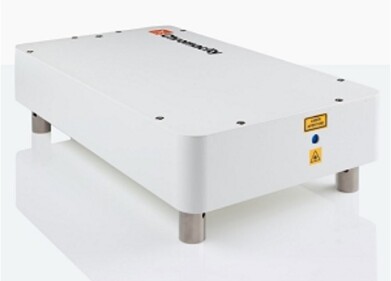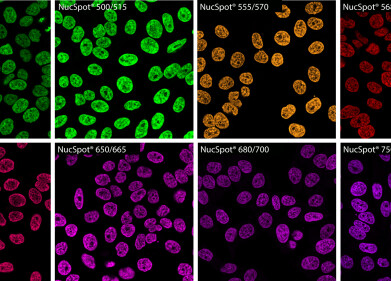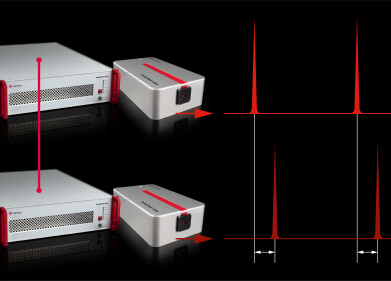Microscopy & Microtechniques
Report on the use of the CellHesion 200 system to study Cellular Adhesion at the Molecular Level in the field of Diabetes
Mar 27 2014
Dr Paul Squires and Dr Claire Hills from the School of Life Sciences (SLS) at the University of Warwick have international expertise in cell biology, signalling and endocrinology. They are using the JPK CellHesion® 200 system to nurture multi-disciplinary research between SLS and the School of Engineering (Dr K-K Liu) in addition to external collaborations, e.g. Professor Peter Jones (King’s College London). The innovative nanotechnology is being used to explore a range of problems in biomedicine, biology and pharmacokinetics related to the field of energy homeostasis and diabetes, and the state-of-the-art resource facilitates their experimental work on models of the disease, bridging the gap between basic science, nanotechnology and medicine for developing the next-generation of therapies.
The CellHesion® 200 is an integrated system designed to measure cell-cell and cell-substrate interactions. Epithelial tubular cells of the kidney are large and have an elastic membrane. To resolve complete separation of two adherent cells we require a system with a pulling length of up to 100 μm. Other AFM instruments cannot offer this level of manoeuvrability and are unable to record full separation of large cells. The CellHesion® 200 system can also be used to quantify membrane rigidity and cellular responses to external mechanical stress. This facilitates investigations into glucose-evoked changes in TRPV4-mediated mechano-sensation in the renal collecting duct.
The group have published several papers relating to diabetes research where the CellHesion system has been integral to their investigations. These include papers in the journals of Experimental Diabetes Research, Diabetologia, Febs Lettersand Cell Physiology & Biochemistry. Most recently, the group has reported results on the study of the effects of the ‘party drug’ ketamine and its effect on renal and bladder behaviour were CellHesion is being used to assess if early changes in candidate protein expression at the adherens junction functionally uncouple cells ahead of overt loss in epithelial function.
Commenting about the use of the CellHesion® 200, Dr Squires said: “To resolve complete separation of two adherent cells we require a system with a pulling length of up to 100 μm. The CellHesion system is the only AFM-based instrument on the market capable of allowing this degree of separation
Digital Edition
Lab Asia 31.6 Dec 2024
December 2024
Chromatography Articles - Sustainable chromatography: Embracing software for greener methods Mass Spectrometry & Spectroscopy Articles - Solving industry challenges for phosphorus containi...
View all digital editions
Events
Jan 22 2025 Tokyo, Japan
Jan 22 2025 Birmingham, UK
Jan 25 2025 San Diego, CA, USA
Jan 27 2025 Dubai, UAE
Jan 29 2025 Tokyo, Japan



















